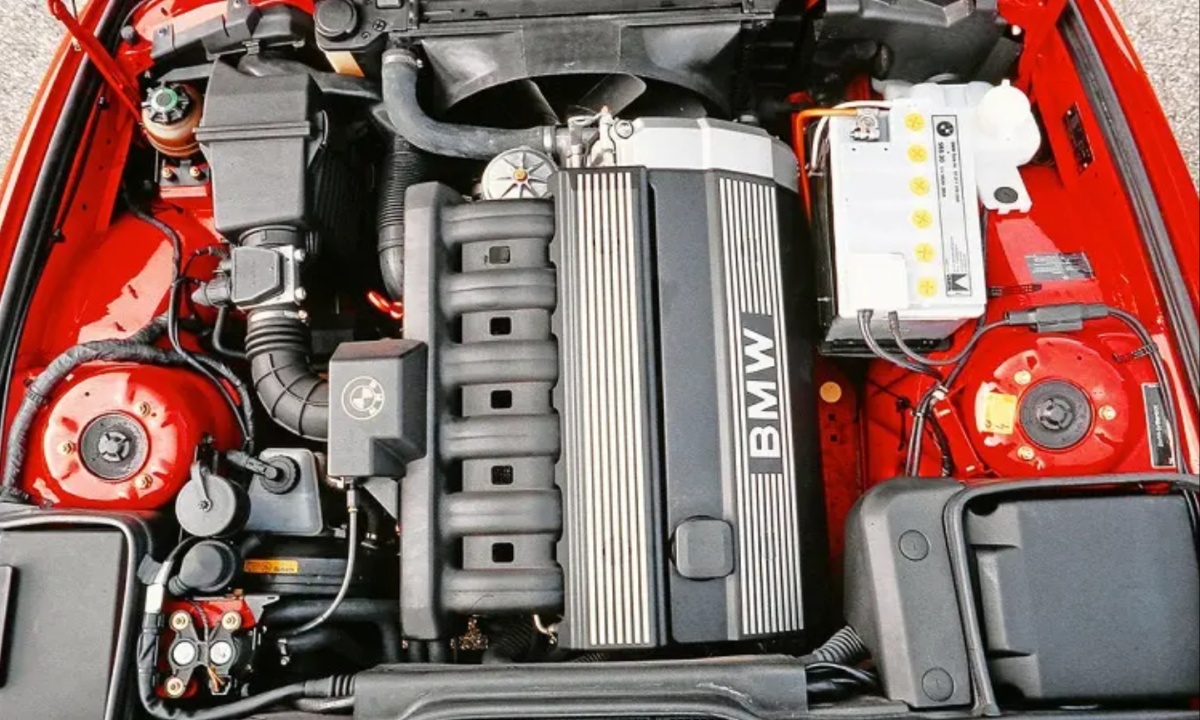While some car enthusiasts find joy in tweaking engines and fine-tuning performance, most drivers just want one thing: an engine that never quits. For everyday commuters and cross-country travelers alike, engine dependability isn’t just a luxury — it’s a necessity.
But what happens when a car faces more than just the daily grind? Floods, fires, and even collisions can total a vehicle, yet there are engines so durable they keep running even after the rest of the car gives up.
This article celebrates those mechanical survivors — the engines that have not only stood the test of time but have also come out the other side of disasters still firing strong.
Though any engine’s lifespan depends on factors like maintenance and care, the motors on this list have repeatedly proven they can endure the unimaginable — and keep going.
1. Chrysler Slant-Six: The Everyman’s Workhorse
The Chrysler Slant-Six, or G-Engine, debuted in 1959 and remained in production for over four decades. Known for its 30-degree cant and inline-six layout, it powered 31 different Chrysler, Dodge, and Plymouth models.
This engine proved versatile, enduring, and adaptable for performance and daily use alike. With variants including the 170, 198, and 225 cubic inch displacements, it featured both cast iron and aluminum blocks.
Its simple yet robust design made it a legend among mechanics and hot-rodders. Whether in sedans or pickup trucks, the Slant-Six earned a reputation as a powerplant that simply refused to die.
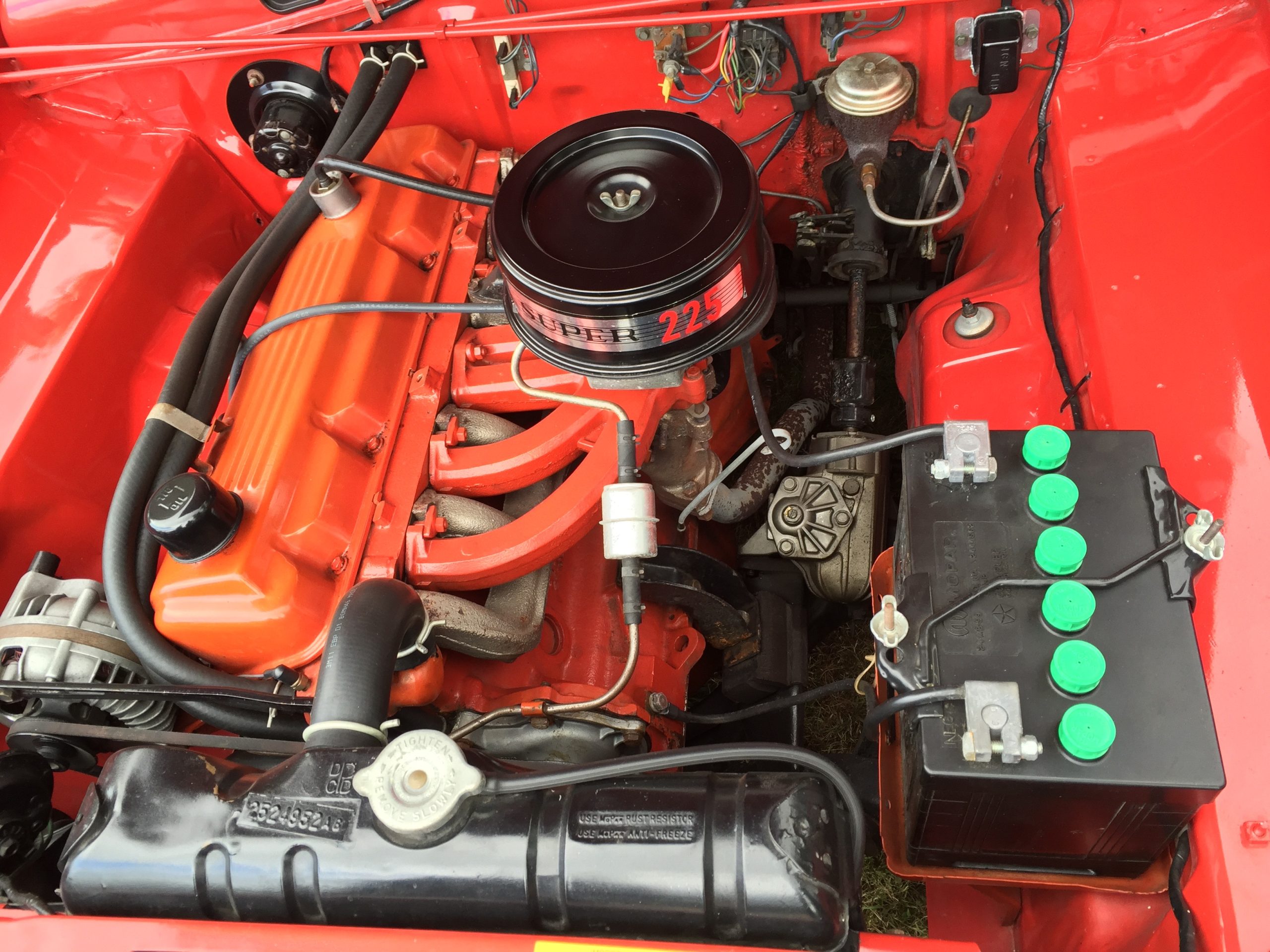
2. Ford 300 Straight-Six: Built for Brutal Workloads
Introduced in 1965, the Ford 300 Straight-Six gained a reputation for indestructibility. Used across F-Series trucks and heavy industrial equipment, this 4.9-liter inline-six was built to handle serious stress.
It powered dump trucks, tractors, and even won off-road events like the Baja 1000. Known for low maintenance needs and a bulletproof bottom end, the Ford 300 was favored in hard-working environments.
Production in the U.S. ended in 1996, but its durability ensured continued global use. Its legendary reliability made it a favorite among mechanics and rural vehicle owners, where engine failure simply wasn’t an option.
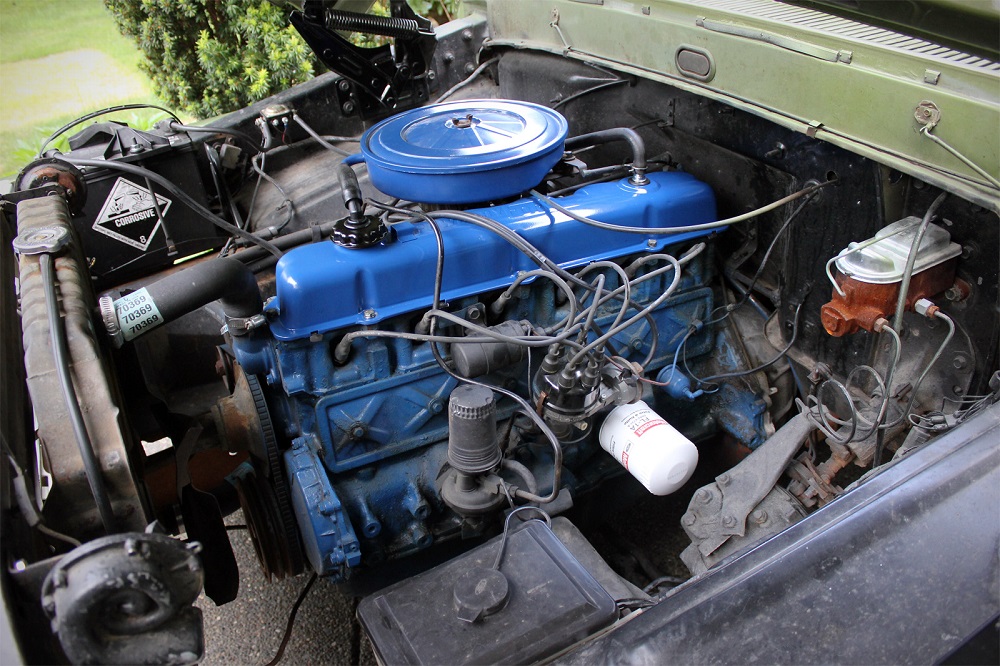
3. Mercedes OM617: Diesel Longevity Done Right
The OM617 five-cylinder diesel engine helped cement Mercedes-Benz’s reputation for reliability in the 1970s and 1980s. Produced from 1974 to 1991, it was known for enduring hundreds of thousands of miles, especially in taxi fleets.
Built with a cast iron block and chain-driven camshaft, it powered vehicles like the W115 and the groundbreaking 300SD—the first turbodiesel production sedan. It also achieved motorsport glory, setting land speed records in the Mercedes C111 concept.
With outputs ranging from 79 to 227 hp, it balanced modest power with exceptional endurance, making it one of the most respected diesel engines ever produced.
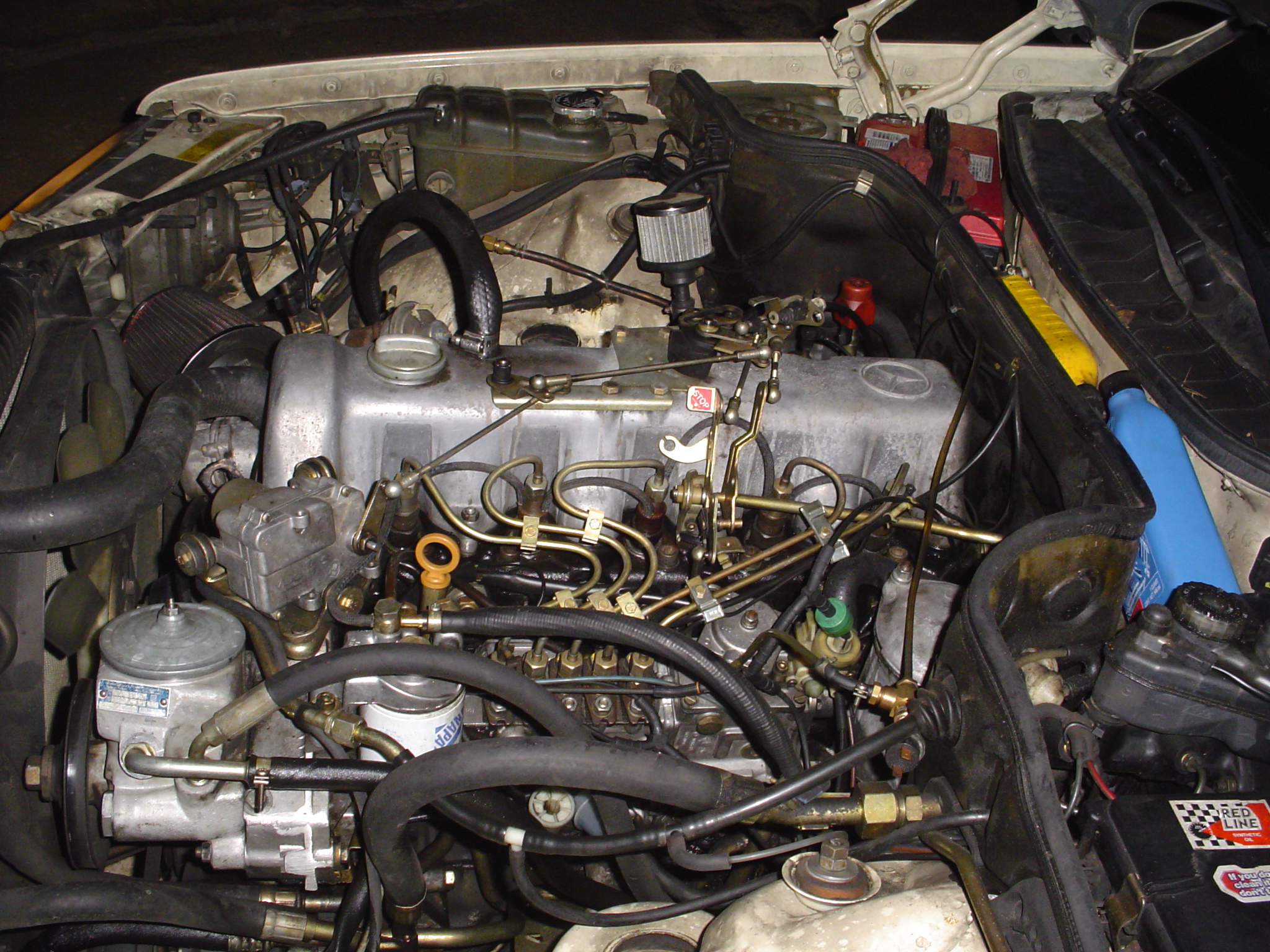
4. Toyota UZ Series: V8 Luxury with Legendary Reliability
The Toyota UZ engine family, including the 1UZ, 2UZ, and 3UZ, debuted in 1989 with the Lexus LS 400 and remained in production until 2013. These 90-degree V8s powered luxury sedans, SUVs, and even race cars. Displacement ranged from 4.0 to 5.0 liters, with outputs up to 500 hp in racing trims.
Its understressed design made it ideal for long life in vehicles like the Land Cruiser and Tundra. It was also adapted for marine and aviation use, underscoring its durability. Known for silky smooth operation and bulletproof engineering, the UZ series is a V8 engine held in high esteem.
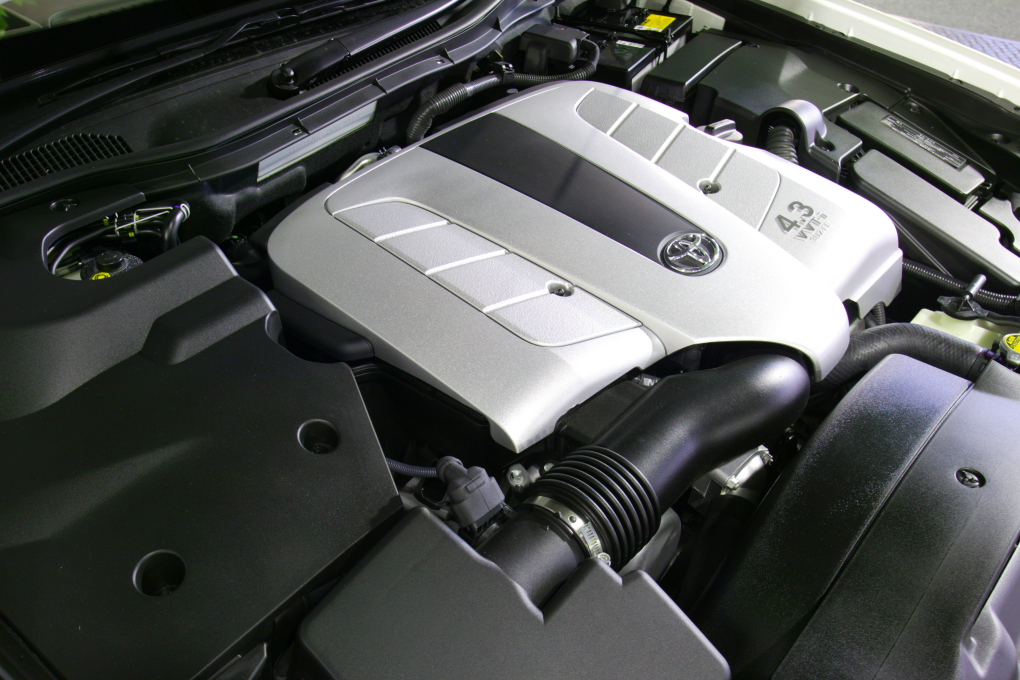
5. BMW M50: Germany’s Inline-Six Evolution
From 1990 to 1996, BMW’s M50 engine set a new standard for inline-six reliability. It introduced single VANOS variable valve timing in 1992 and ranged from 2.0 to 2.5 liters with 148 to 189 hp. Built with a cast iron block and aluminum head, it laid the foundation for BMW’s high-performance S50 variant used in the M3.
Renowned for its ability to handle boost and revs, it’s still favored by BMW enthusiasts today. Despite a relatively short production run, the M50 became a cornerstone in BMW’s lineup and remains a go-to for swaps and builds requiring a dependable base.
Also Read: 10 Cars With Simple Maintenance That Just Don’t Quit and Make Repairs a Breeze
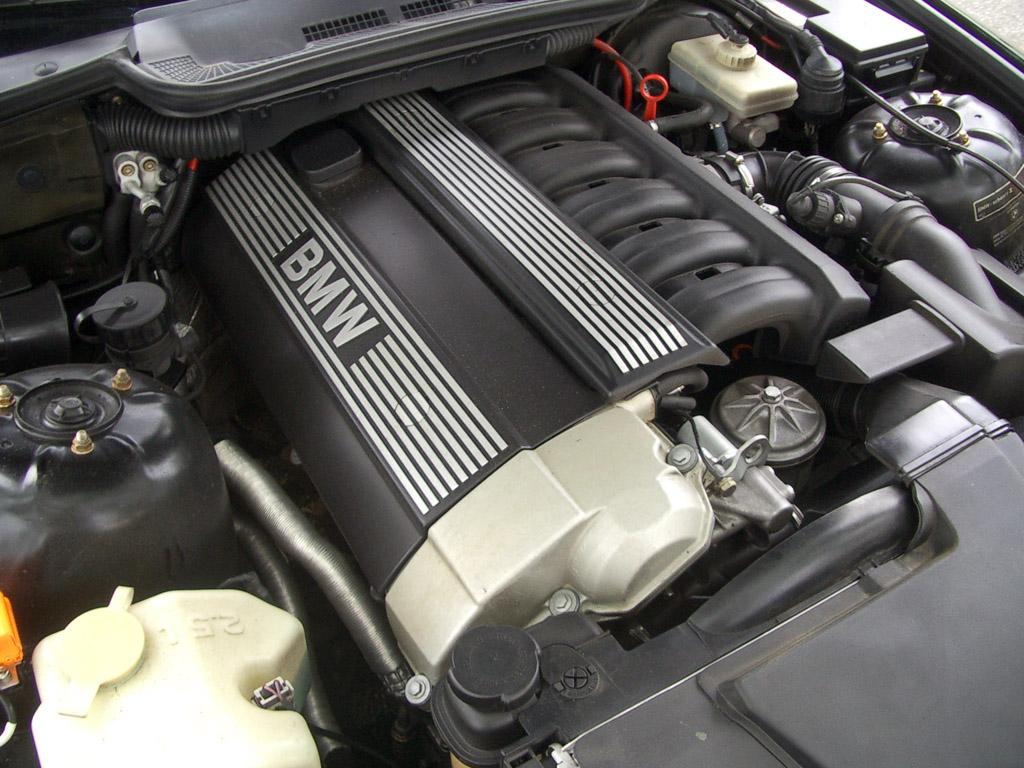
6. Toyota 1JZ/2JZ: Performance and Reliability Combined
The Toyota JZ engine family, especially the 2JZ, gained fame in the Supra MK IV and beyond. Produced between 1990 and 2007, these inline-sixes featured cast iron blocks and aluminum heads, delivering bulletproof durability. The 2JZ-GTE variant became a legend among tuners for its ability to handle over 1,000 hp with stock internals.
The smaller 1JZ, with 2.5 liters of displacement, offered similar construction and long life. Both engines are celebrated for their strength under stress, easy tuning, and high-mileage endurance, making them favorites in racing, drifting, and daily driving circles alike.

7. Volkswagen ABF: A Short-Lived Legend
The Volkswagen ABF engine, a 2.0-liter 16-valve inline-four, powered various VW models from 1992 to 1999. With 148 hp and a redline-friendly nature, it was a high-performance option in cars like the Golf GTI and Passat.
Though it had a relatively short production life, its reliability and high-revving characteristics made it popular for engine swaps and modifications. It featured a cast iron block and aluminum head, with minor issues mostly tied to sensors.
Capable of reaching 250,000 miles with spirited use, the ABF remains a beloved choice for VW fans looking for a reliable, high-performance four-cylinder engine.
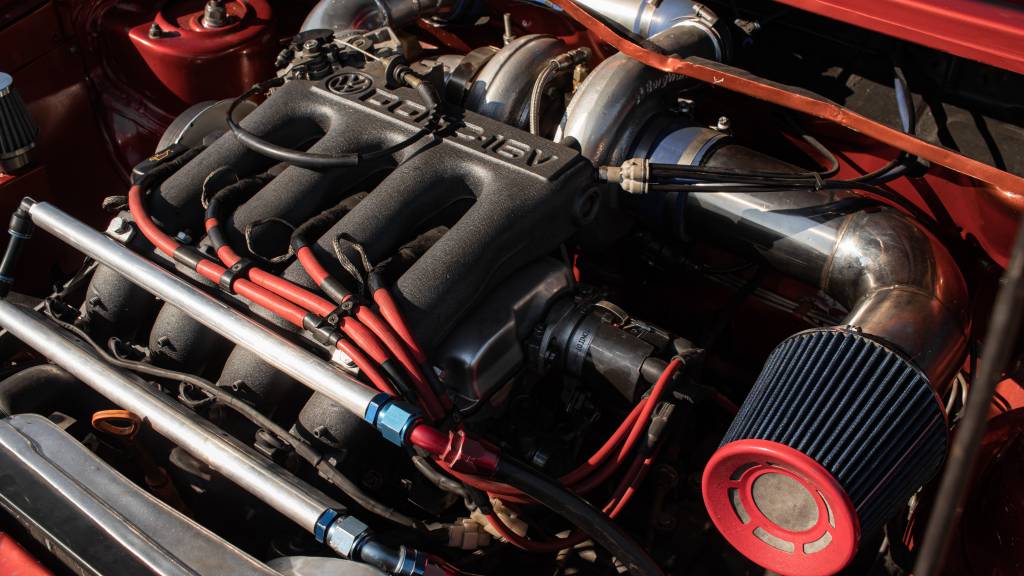
8. GM LS V8: America’s Favorite Small Block
The GM LS family of V8 engines, first introduced in 1997, is perhaps the most prolific modern engine series in North America. Known for its simplicity, power, and durability, it ranges from 4.8 to 7.4 liters with outputs from 255 to 755 hp.
Found in everything from Corvettes to Silverados, the LS is also the engine swap king thanks to its compact size and aftermarket support. It handles high mileage with ease, often topping 300,000 miles with proper care. Whether naturally aspirated or turbocharged, the LS combines reliability and performance like few engines ever have.
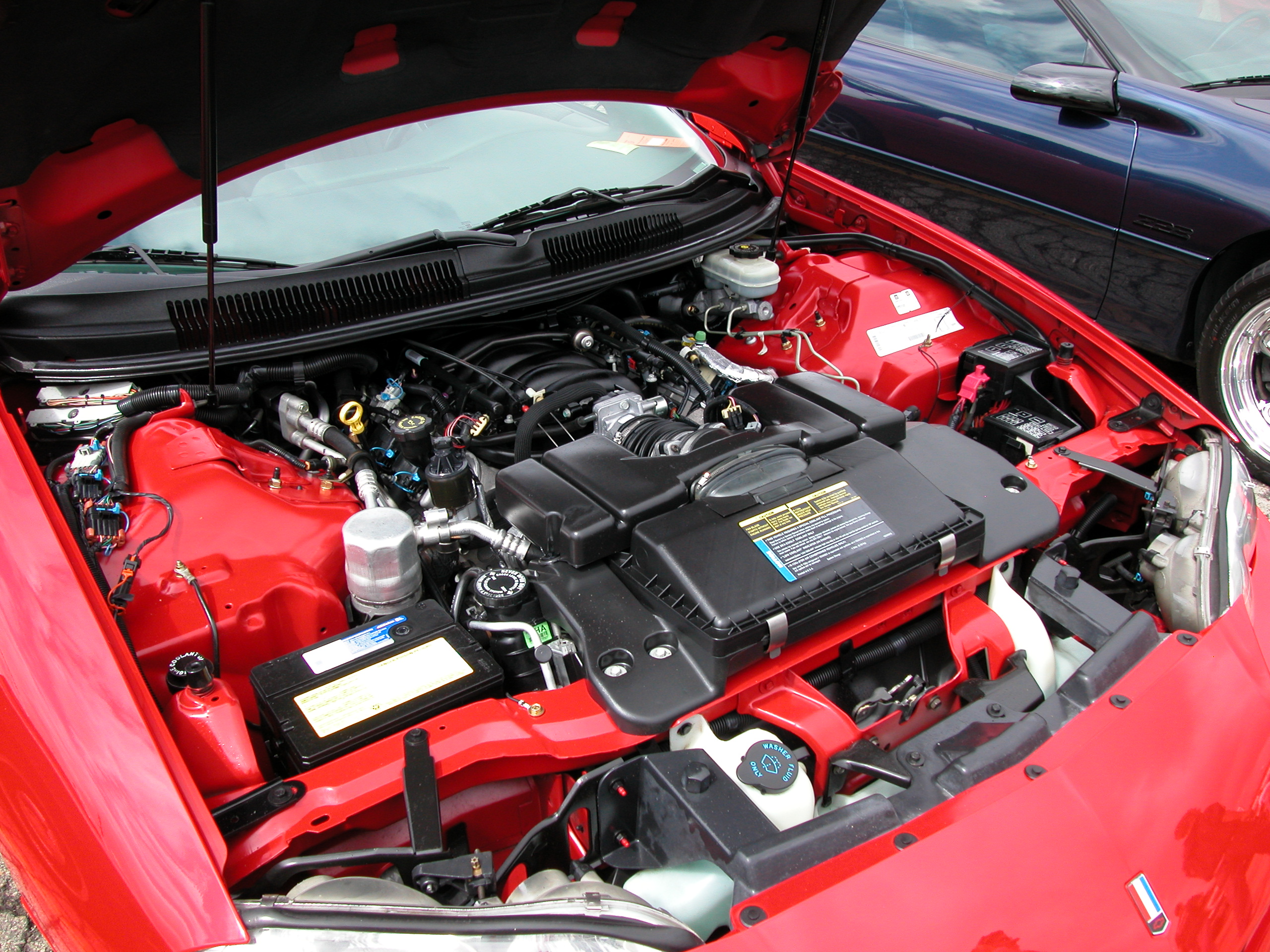
9. Honda K-Series: The Modern-Day Civic Hero
Launched in 2001, the Honda K-series engine quickly became a staple in everything from the Civic Type R to the Acura RDX. Known for its high-revving nature and VTEC system, the K20 and K24 variants are loved for their balance of efficiency and power.
With 2.0-2.4 liter displacements and up to 320 hp in factory trims, these engines are popular in both street and race builds. Their robust construction means they can handle high compression and boost without issue. For many tuners and daily drivers alike, the K-series represents the pinnacle of Honda’s four-cylinder engineering reliability.
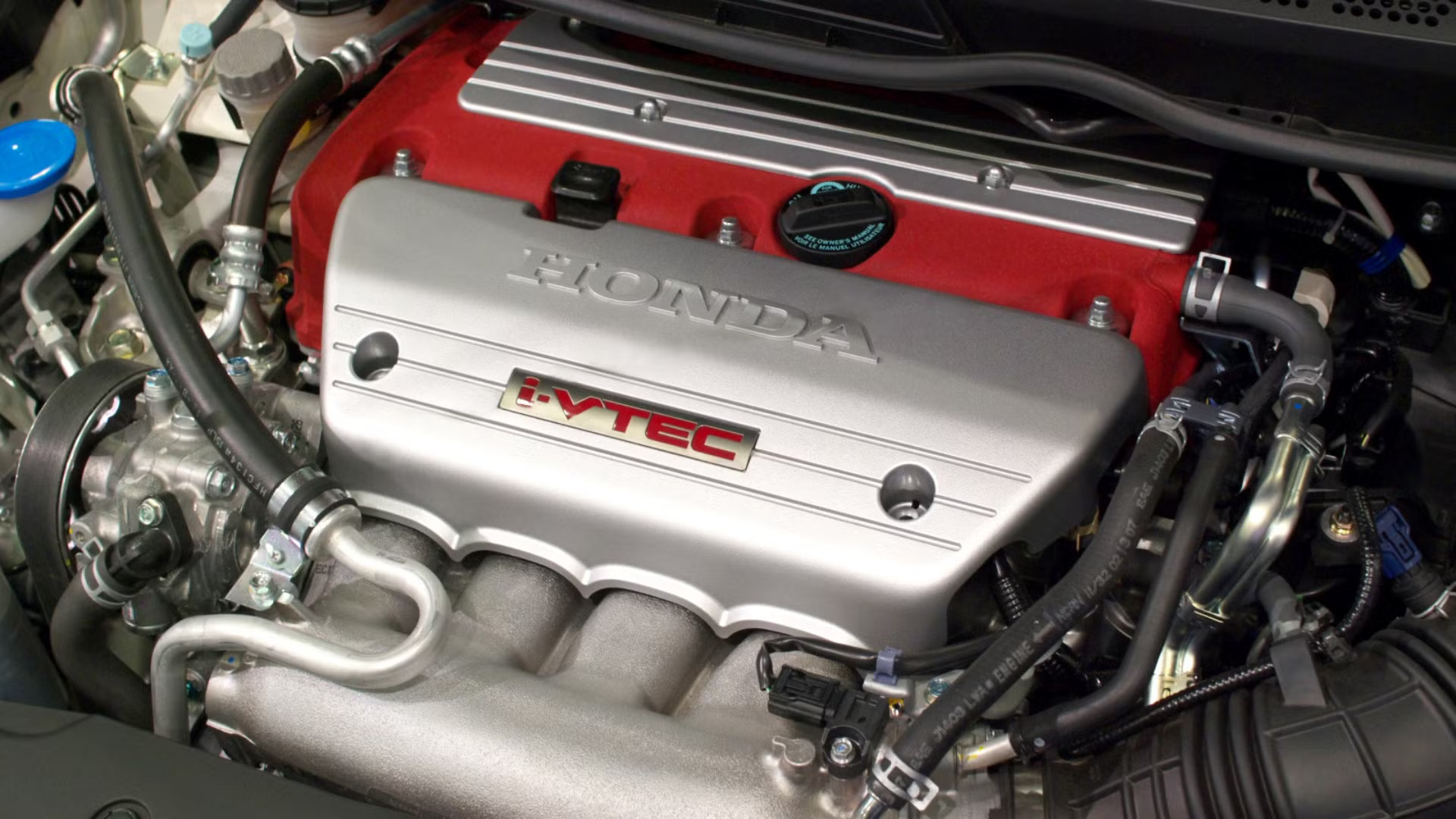
10. Toyota 2GR: A Modern V6 Powerhouse
Toyota’s 2GR 3.5-liter V6 engine has been in production since 2005 and is still going strong. Used across Lexus and Toyota models, from the Camry and Highlander to the Lotus Evora, it’s praised for combining power and durability.
Outputs range from 237 to 316 hp, depending on configuration, and its die-cast aluminum construction keeps it light and efficient. Some variants, like the 2GR-FSE, have made Ward’s 10 Best Engines list.
Whether in a luxury sedan or a rugged truck, the 2GR has proven to be both versatile and bulletproof — a true testament to modern engine reliability.
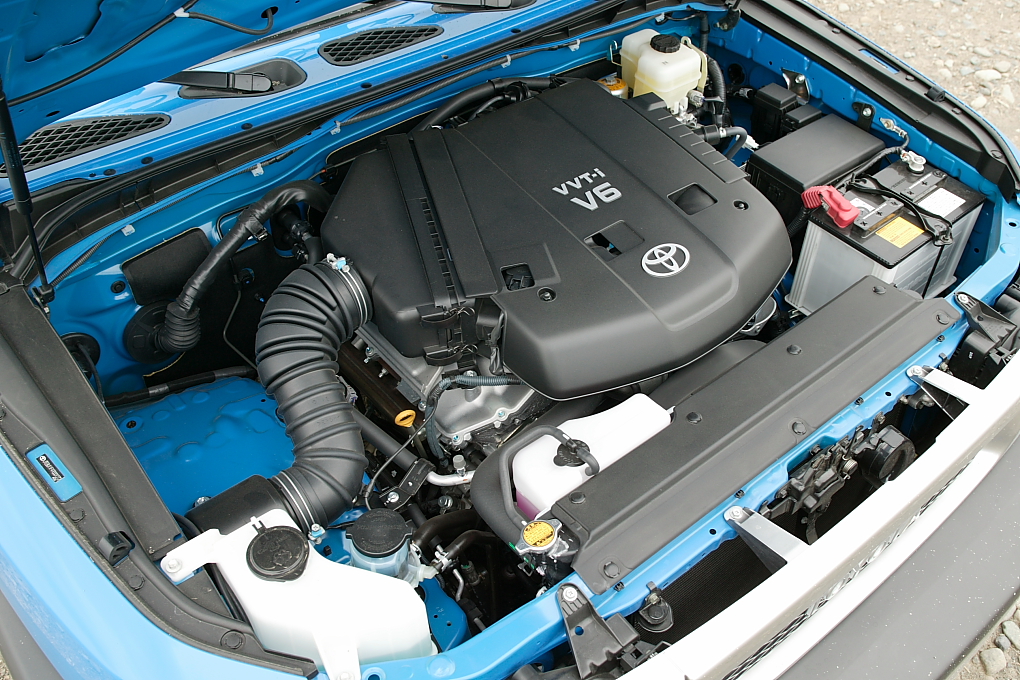
Reliable engines form the backbone of the automotive world, quietly powering our lives without much fanfare. Whether it’s the burly Ford 300 hauling cargo or the high-tech Honda K-series revving to 8,000 RPM, each of these powerplants has earned its place through decades of dependable performance.
While not every reliable engine made the list, these twelve stand out across categories: workhorse trucks, luxury sedans, performance icons, and daily drivers. Their reputations weren’t built in laboratories but on roads, racetracks, and job sites around the world. If engine reliability is your priority, these are names worth remembering.
Also Read: 10 Best Hybrid Cars of 2025 That Balance Fuel Efficiency, Reliability, and Everyday Comfort

